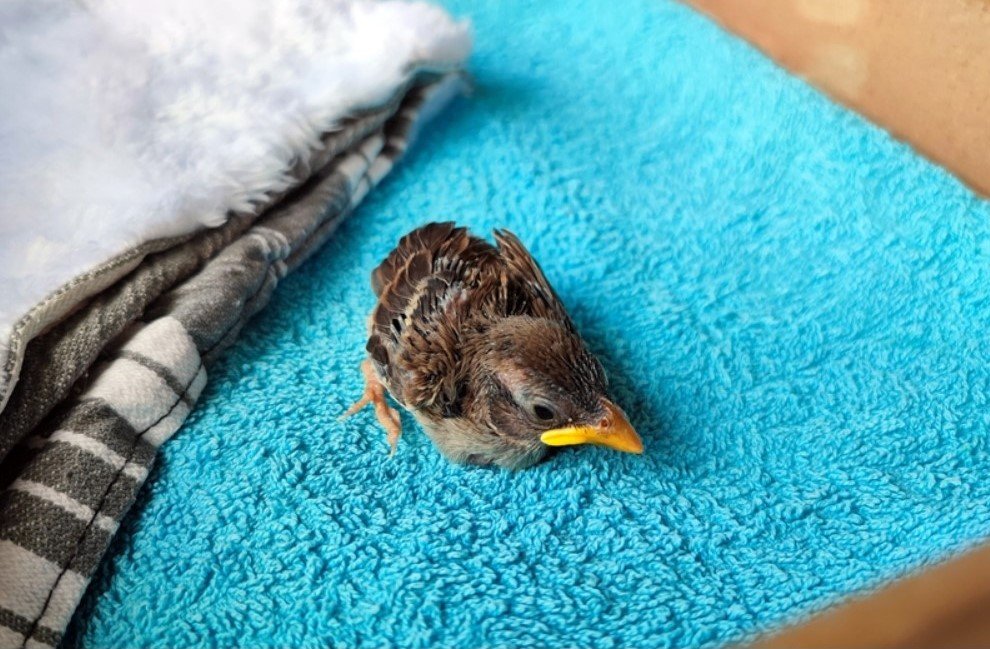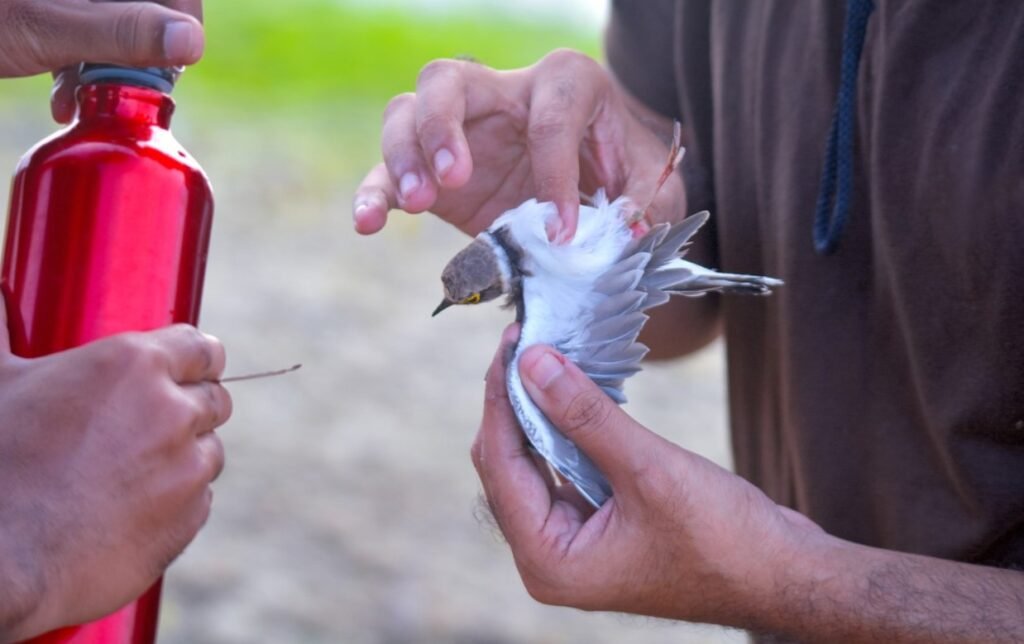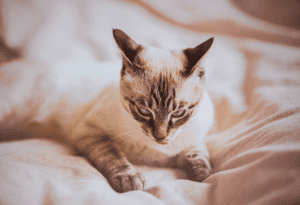Have you ever wondered that How To Treat A Bird Attacked By A Cat? When a bird is attacked by a cat, it can have severe consequences for the bird’s health and survival. The cat’s sharp claws and teeth can cause injuries, such as puncture wounds and broken bones, which can lead to infection and internal damage. Additionally, the stress of the attack can weaken the bird’s immune system, making it more susceptible to diseases.
Furthermore, the bird may experience psychological trauma, affecting its ability to fly, find food, and interact with other birds. Therefore, it is crucial to provide immediate care and treatment to a bird attacked by a cat to improve its chances of recovery and survival.
Table of Contents
What to do if a bird is attacked by a cat? Follow these steps

How to treat a bird attacked by a Cat, here are some steps you can take to help:
1. Assessing the bird’s injuries
When treating a bird attacked by a cat, it is crucial to assess the bird’s injuries carefully. This involves examining the bird for any visible wounds, broken bones, or signs of internal damage. It is important to handle the bird gently and avoid causing any further harm.
If the bird is unable to fly or shows signs of distress, it may be necessary to seek immediate veterinary assistance. By assessing the bird’s injuries accurately, we can determine the appropriate course of action to help the bird recover and prevent any further complications.
2. First Aid for Bird Injuries
When treating a bird attacked by a cat, it is important to stop any bleeding and prevent infection. Begin by gently examining the bird for any visible wounds or bleeding. If there is bleeding, apply gentle pressure to the affected area using a clean cloth or gauze pad. This will help to slow down the bleeding and allow you to assess the severity of the injury. Once the bleeding has been controlled, clean the wound with a mild antiseptic solution to prevent infection.
Be careful not to use any harsh chemicals that may be harmful to the bird. After cleaning the wound, apply a small amount of antibiotic ointment to promote healing and further prevent infection. It is crucial to monitor the bird closely for any signs of infection, such as swelling, redness, or discharge. If any signs of infection occur, seek veterinary assistance immediately.
3. Feeding and Hydration

When treating a bird attacked by a cat, it is important to offer the bird water and electrolytes. This is crucial for the bird’s hydration and overall well-being. You can provide water by placing a shallow dish or container in a quiet area near the bird. Additionally, you can offer electrolytes by using a commercially available electrolyte solution specifically designed for birds.
It is recommended to offer them high-quality bird seed, which contains a mix of different seeds and grains. Additionally, providing fresh fruits and vegetables can also help in their recovery by supplying essential vitamins and minerals. It is crucial to avoid feeding them any processed or sugary foods, as these can be harmful to their health.
4. Creating a Safe Recovery Environment
When treating a bird that has been attacked by a cat, it is crucial to create a quiet and stress-free space for the bird to recover. This can be achieved by placing the bird in a separate room or enclosure away from any loud noises or disturbances. The space should be warm, comfortable, and free from any potential predators or stressors.
Providing soft bedding, such as towels or blankets, can also help create a cozy and secure environment for the bird. Additionally, it is important to minimize human interaction and keep the space as calm and peaceful as possible to allow the bird to rest and heal.
The importance of immediate action

When a bird is attacked by a cat, it is crucial to take immediate action. The first few minutes after the attack are critical for the bird’s survival. By acting quickly, you can minimize the bird’s suffering and increase its chances of recovery. Delaying treatment can lead to further injuries or even death.
Therefore, it is important to be aware of the signs of a bird attack and take prompt action to provide the necessary care and medical attention. By taking immediate action, you can make a significant difference in the bird’s outcome and contribute to its overall well-being.
The role of rehabilitation in bird recovery
Rehabilitation plays a crucial role in the recovery of birds that have been attacked by cats. When a bird is injured by a cat, it often suffers from physical injuries such as broken bones or deep wounds. Additionally, the bird may experience psychological trauma and stress. Rehabilitation centers provide specialized care and treatment to help injured birds heal and regain their strength.
This includes providing medical attention, such as cleaning and suturing wounds, setting broken bones, and administering medication. Rehabilitation also involves creating a safe and supportive environment for the bird to recover, with appropriate housing, nutrition, and socialization. Through rehabilitation, birds are given the opportunity to heal and regain their ability to fly and live a normal life in the wild.
Promoting awareness and prevention of cat attacks
Cats are natural predators, and it is in their nature to hunt small animals like birds. However, it is important for us as responsible pet owners to promote awareness and prevention of cat attacks on birds. By keeping our cats indoors or in enclosed outdoor spaces, we can greatly reduce the risk of them preying on birds.





